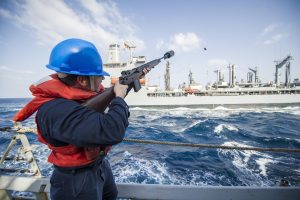
The Exxon Valdez oil spill changed the harvest and use of wild resources in Southcentral Alaska. Various anecdotal reasons such as concerns about oil contamination meant folks were hesitant to use these traditional resources.
The Council recently partnered with the Alaska Department of Fish and Game’s Division of Subsistence to study and document why and how the spill affected subsistence harvesting activities, both immediately after the spill and in the years since.
Fish and Game researchers analyzed data collected from the communities of Cordova, Chenega, Tatitlek, Port Graham, and Nanwalek from 1984 to 2014.
That data confirmed that harvesting decreased during the first few years after the spill, but numbers started recovering around two to three years after the spill. Overall, the rates increased steadily through the 1990s and into the 2000s. By 2014, however, two important facts became apparent.
